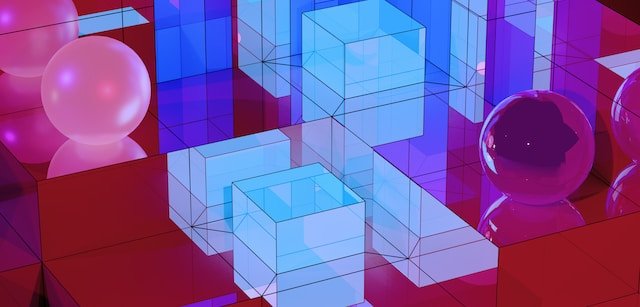In the world of design, we often encounter two main categories of shapes – geometric and organic. While geometric shapes boast crisp lines and uniformity, organic shapes captivate with their fluidity, natural curves, and irregularity. In this blog post, we delve into the fascinating realm of organic shapes, exploring their aesthetic appeal, versatility, and the creative opportunities they offer in various design disciplines.
1. Embracing Nature’s Grace
Organic shapes are inspired by the beauty of nature. Think of the smooth contours of river stones, the winding branches of a tree, or the gentle curves of flower petals. By incorporating organic shapes into design, we evoke a sense of harmony with the natural world, creating an inviting and soothing atmosphere.
2. Expressing Emotion and Creativity
Unlike their rigid geometric counterparts, organic shapes are full of emotion and imagination. They can evoke feelings of comfort, freedom, and playfulness. In abstract art, organic shapes allow artists to express emotions and ideas without the constraints of literal representation, leaving room for interpretation and personal connections.
3. Flow and Movement
One of the striking characteristics of organic shapes is their ability to convey movement and flow. The gentle arcs and curves suggest motion, adding a sense of dynamism to the composition. This fluidity can be particularly effective in conveying energy or guiding the viewer’s eye through a design.
4. Breaking the Mold
In a world dominated by grids and straight lines, organic shapes break free from conventions. By embracing their irregularity and uniqueness, designers can create eye-catching and memorable visuals that stand out from the crowd. This non-conformity fosters creativity and allows for more innovative and daring designs.
5. Versatility in Design
Organic shapes find their place across various design disciplines. From web design to architecture, interior decor to branding, these shapes adapt seamlessly to different contexts. They can add a touch of elegance to a logo, create engaging patterns on fabrics, or even inspire the layout of a futuristic building.
6. Harmonious Combinations
While organic shapes are captivating on their own, they can also be beautifully combined with other design elements. Pairing organic shapes with typography, textures, or even geometric shapes can create a visually striking and balanced composition, drawing attention to the interplay between order and spontaneity.
7. Connecting with the Audience
Organic shapes have an innate ability to evoke a human connection. Their softness and familiarity make them approachable and inviting. Whether designing for a brand, product, or user interface, this emotional connection can foster positive user experiences and brand loyalty.
Conclusion
Organic shapes hold a unique allure that allows designers to explore the beauty of nature, express emotions, and break free from conventional norms. Their ability to infuse designs with fluidity, movement, and creativity brings a breath of fresh air to the creative process.
Next time you embark on a design project, consider incorporating organic shapes to tap into the wonders of nature and unleash your artistic potential. Embrace the harmony of curves, the grace of irregularity, and the emotional power of organic shapes to create designs that resonate with hearts and minds alike.



